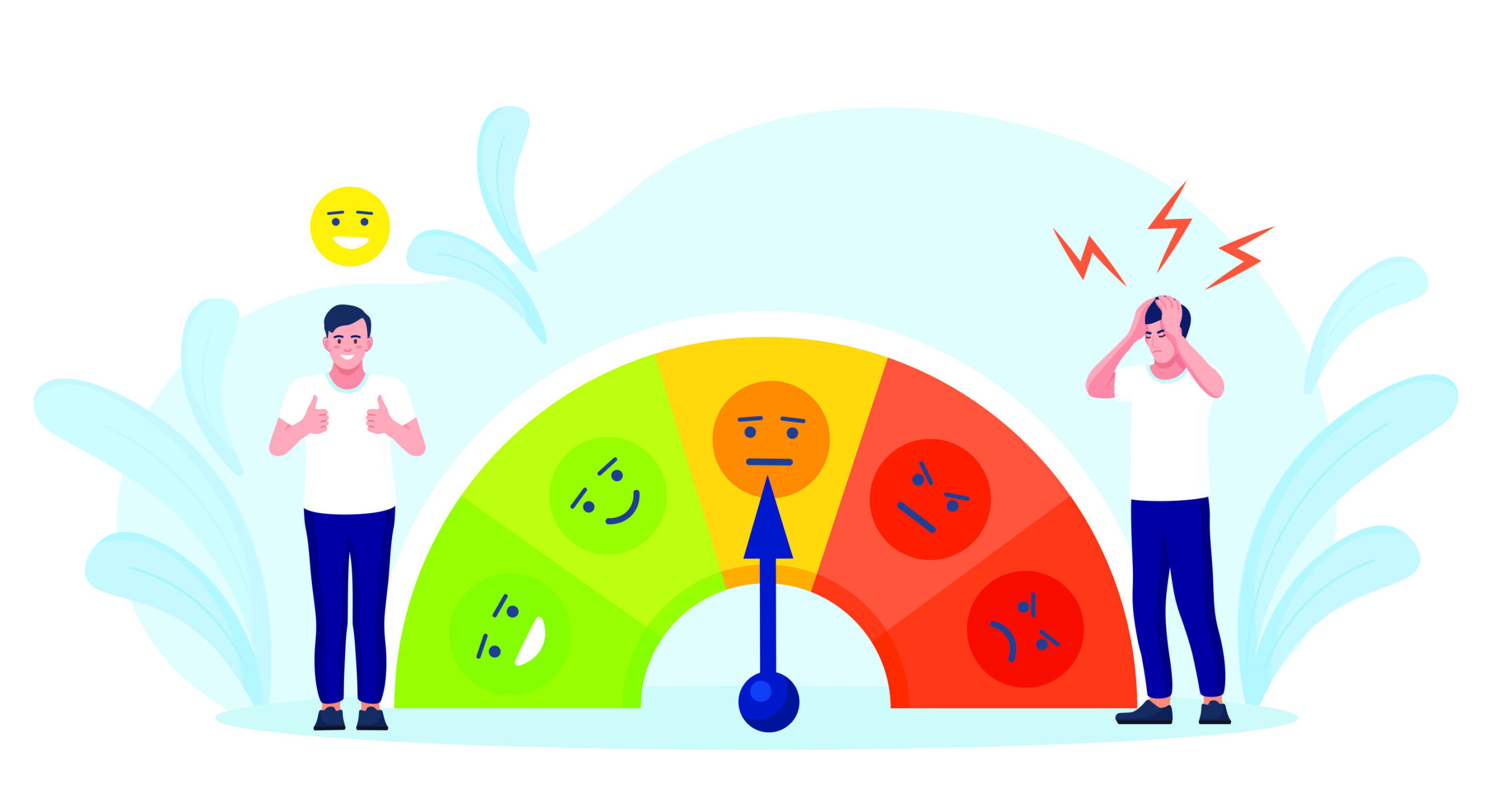In the dynamic landscape of social media, Instagram stands out as a platform where people share moments, thoughts, and emotions through images and captions. With millions of posts uploaded daily, businesses and individuals can benefit from understanding the sentiment behind these posts. This article delves into the world of sentiment analysis Instagram, exploring its importance, methods, and applications.
Understanding Sentiment Analysis Instagram

1. Gauging User Emotions Through Posts
In an era where digital interactions have become commonplace, deciphering the emotions behind Instagram posts can provide invaluable insights. Sentiment analysis allows us to identify whether posts convey happiness, excitement, frustration, or other emotions, which is crucial for both personal users and businesses aiming to understand their audience better.
2. Impact on Brand Perception
For businesses, monitoring sentiment on Instagram can directly impact brand perception. Positive posts about a product or service can act as powerful endorsements, while negative sentiment might signal areas for improvement. By staying attuned to Instagram sentiment, companies can adapt their strategies and enhance customer relationships.
Methods of Sentiment Analysis on Instagram
1. Natural Language Processing (NLP) Algorithms
NLP algorithms form the backbone of sentiment analysis. These algorithms are trained to recognize keywords, phrases, and linguistic patterns that signify different sentiments. By analyzing the text in captions and comments, NLP algorithms can accurately determine whether a post is positive, negative, or neutral in tone.
2. Emotion-Recognition Technologies
Beyond NLP, emotion-recognition technologies are gaining ground. These advanced tools analyze visual content, such as images and videos, to detect facial expressions, gestures, and contextual cues. Integrating these technologies with NLP can provide a more holistic understanding of sentiment.
Applications of Instagram Sentiment Analysis
1. Influencer Marketing Campaigns
Influencers play a significant role on Instagram, and sentiment analysis can help brands choose the right partners. By assessing an influencer’s posts, brands can ensure alignment between the influencer’s sentiment and their brand values.
2. Crisis Management and Customer Support
For businesses, negative sentiment spikes can indicate a potential crisis. Sentiment analysis can serve as an early warning system, allowing companies to address concerns promptly and minimize reputational damage. Moreover, sentiment analysis can guide personalized customer support by identifying and prioritizing disgruntled customers.
Challenges and Future Prospects
1. Contextual Understanding
One challenge of sentiment analysis is understanding context. Words and images can have different meanings depending on the situation, sarcasm, or cultural nuances. Current algorithms struggle to capture these subtleties accurately.
2. Multilingual Sentiment Analysis
With Instagram’s global user base, multilingual sentiment analysis is becoming essential. Adapting algorithms to different languages while retaining accuracy remains a complex task.
Conclusion
Sentiment analysis on Instagram has transformed from a novel concept to a vital tool for individuals and businesses. By delving into the emotions behind posts, brands can make informed decisions, tailor their strategies, and build stronger connections with their audience. As technology evolves, overcoming challenges like context and multilingualism will only enhance the accuracy and relevance of sentiment analysis.
To experience the power of sentiment analysis firsthand, request a demo from AIM Technologies. Witness how our cutting-edge tools can help you unlock deeper insights from social media data. Don’t miss this opportunity to elevate your understanding of user sentiment and enhance your decision-making process.
FAQs
How does sentiment analysis differ from traditional analytics?
- Sentiment analysis focuses on understanding emotional tone, whereas traditional analytics often center on quantitative metrics like engagement and reach.
Can sentiment analysis accurately understand sarcasm in captions?
- While advancements have been made, current algorithms may still struggle to grasp sarcasm or nuanced tones accurately.
Is sentiment analysis equally effective for video content as well?
- Yes, sentiment analysis can be applied to video content by analyzing visual cues like facial expressions and gestures.
How often should businesses perform sentiment analysis?
- For optimal results, businesses should conduct sentiment analysis regularly, especially during new product launches or marketing campaigns.
Are there any privacy concerns related to sentiment analysis on user-generated content?
- Yes, there are privacy considerations. Businesses must handle user data ethically and transparently, adhering to privacy regulations.


